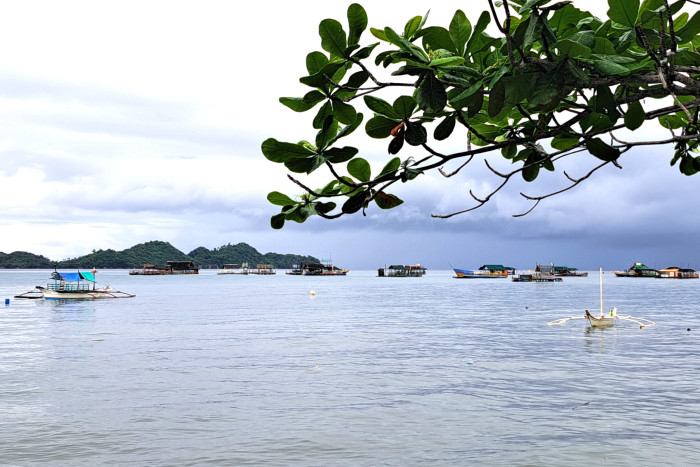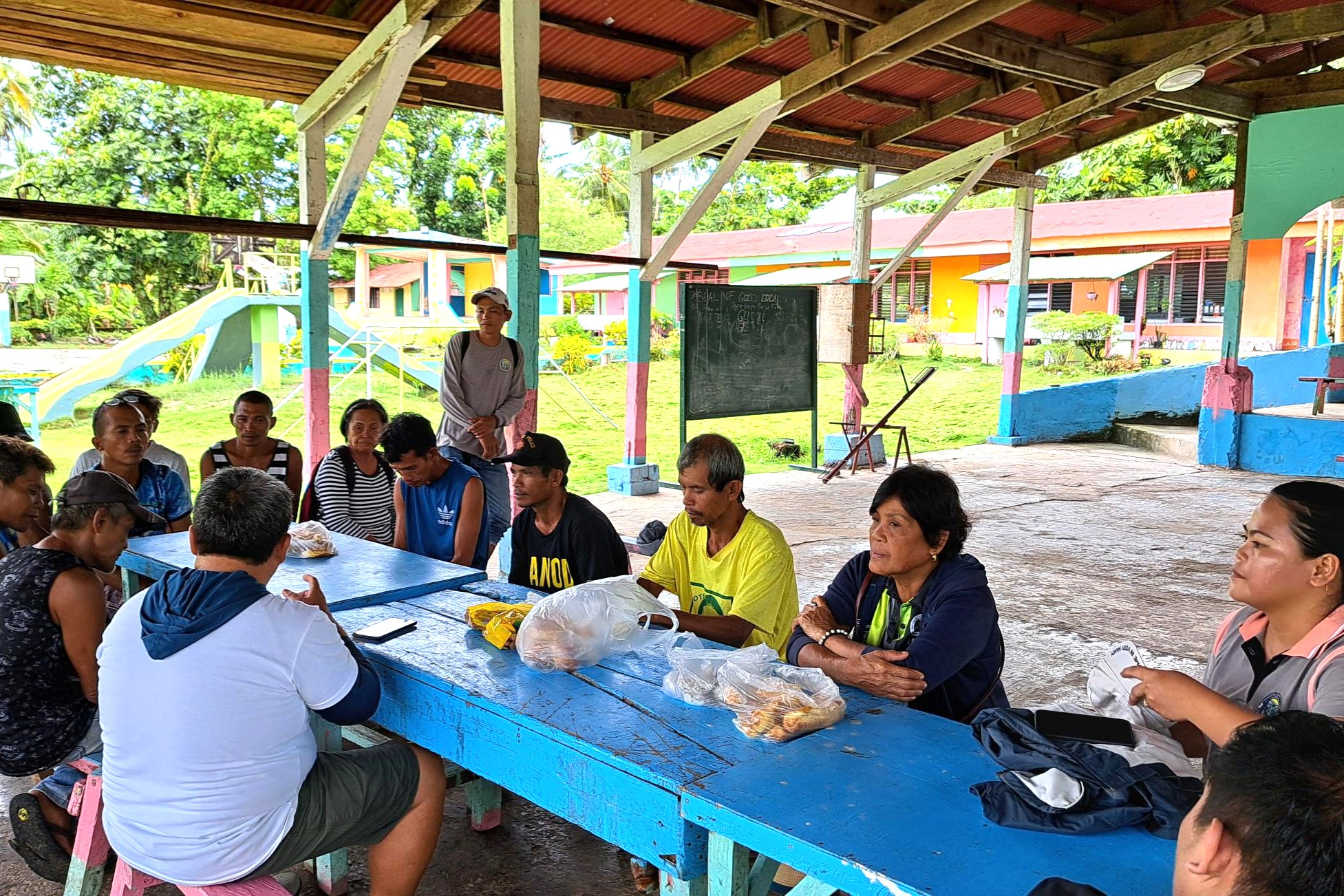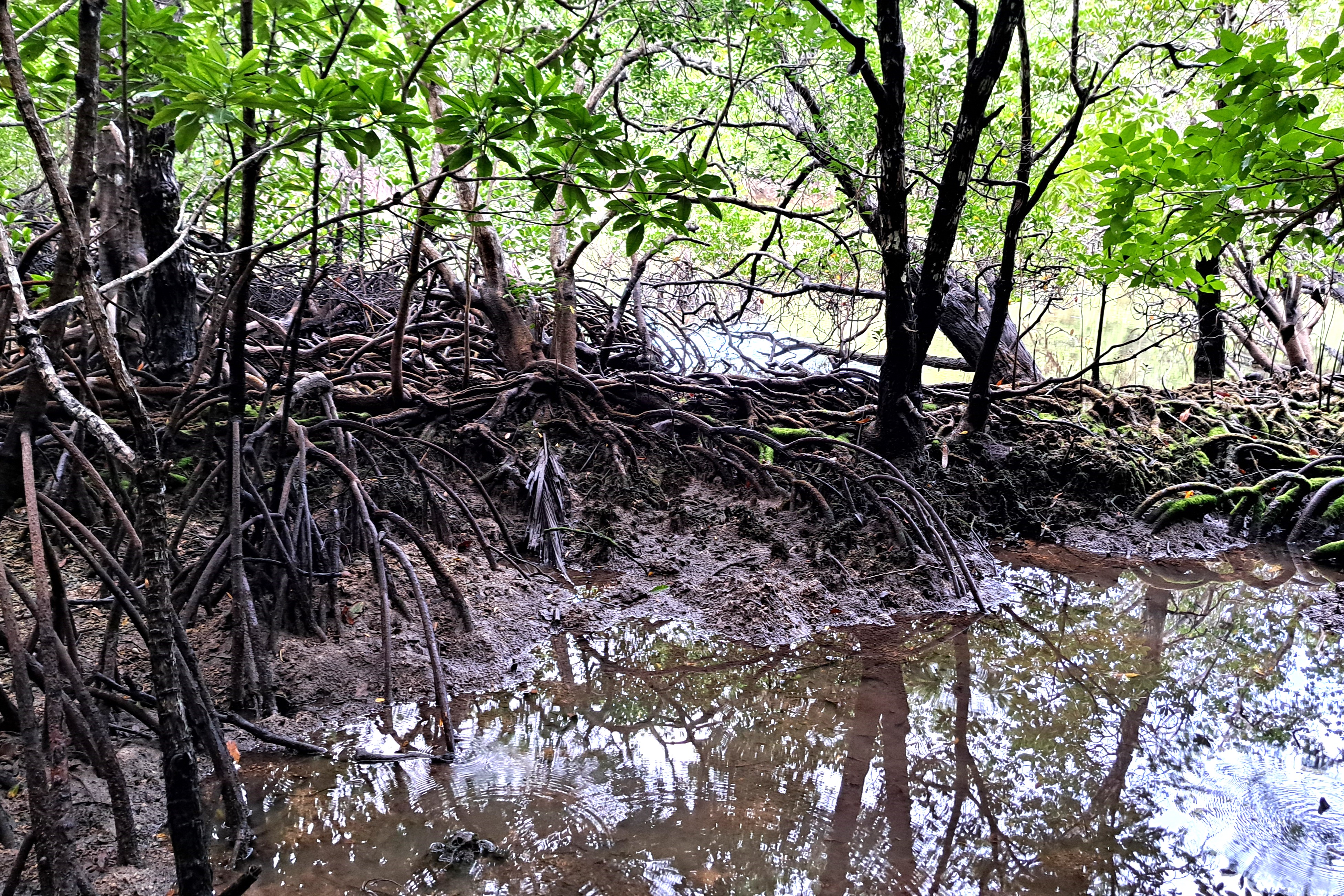
Project Background
The Philippines, home to more than 1,800 Marine Protected Areas (MPAs), is one of the world's most biodiverse marine environments. However, it is also highly vulnerable to typhoons, with an average of 20 typhoons entering the Philippine Area of Responsibility each year. These natural disasters not only devastate marine ecosystems but also severely impact the livelihoods of local communities.
In response to this pressing issue, our pre-feasibility study explored the potential of increasing the resilience of MPAs through innovative insurance solutions. The project aimed to develop a comprehensive understanding of the key ecosystem risks, challenges faced by MPAs post-typhoon, and the role of insurance in mitigating these (typhoon) risks.
Our recently concluded project, “Cyclone Risk Insurance for Marine Protected Areas in the Philippines,” funded by the Deutsche Gesellschaft für Internationale Zusammenarbeit (GIZ) and executed in collaboration with our consortium partner, GOPA Worldwide, aimed to enhance the resilience of MPAs against the increasing threat of typhoons, while promoting the innovative concept of Blue Finance and Nature-based Solutions.
Field Trip Insights and Stakeholder Engagement
Our dedicated team, led by insurance expert Roland Steinmann, embarked on a 12-day field trip covering four MPAs. We engaged with key stakeholders, including fisherfolks, tourism operators, and MPA management bodies to gather invaluable insights. One interviewee highlighted the critical need for immediate financial support, stating: “Quick funds in case fisherfolks cannot go out for fishing would help in preventing illegal fishing in MPAs”.
During this fieldwork, our team conducted interviews and focus group discussions, which were instrumental in shaping our recommendations. The diverse perspectives we gathered underscored the importance of well-functioning MPAs for various sectors – as one stakeholder aptly put it: “MPAs have a lot of value in terms of tourism, fishery, biodiversity, […]”.

Photo: Fisherfolk and representatives of the tourism sector, San Pedro Island, Southern Leyte.
Exploring Insurance Solutions
The heart of our study revolved around exploring various insurance approaches, namely indemnity versus parametric insurance. Indemnity insurance indemnifies the actual loss incurred from the event and therefore requires a case-specific loss assessment. Parametric insurance (or index-based insurance) offers payouts for all insured individuals within a risk zone based on predefined triggers, e.g., wind speed thresholds.
We proposed several insurance product concepts tailored to the unique needs of MPAs:
- Covering MPA Management Assets: Ensuring the rapid replacement of critical equipment like patrol boats and demarcation buoys essential for ecosystem protection.
- Financing Ecosystem Rehabilitation: Providing funds for the restoration of damaged coral reefs and mangroves, enabling ecosystems to recover and resume their services.
- Fisherfolk Business Interruption: Offering financial support to fisherfolks during typhoons, reducing the pressure on them to engage in illegal activities within protected areas.
- Property and Business Interruption for Tourism Operators: Safeguarding the assets and income streams of eco-tourism companies, which significantly contribute to MPA management budgets and local economies.
The Importance of Blue Finance and Nature-based Solutions
Blue Finance, an emerging area within Climate Finance, focuses on innovative financing solutions that address marine ecosystem health, sustainable management of the water resources, economic growth, and improved livelihoods. Nature-based Solutions (NbS) like restoring mangroves, coral reefs, and peatlands, or implementing agroforestry systems, can effectively address environmental and societal challenges. In this regard, one of the interviewees emphasized: “Mangroves are very important for protection. We try to protect the existing ones and expand the mangrove forests”.
By exploring NbS and insurance mechanisms, we aim to create a sustainable model that not only protects marine biodiversity but also supports the socio-economic well-being of local communities.

Photo: Mangrove forest, Danjugan Island, Negros Occidental.
As climate change continues to exacerbate the frequency and intensity of typhoons, projects like this are crucial in building resilient marine ecosystems and safeguarding the livelihoods of those who depend on them. Our work in the Philippines serves as a first step in exploring similar initiatives globally, fostering a collaborative approach to tackling the twin crises of climate breakdown and biodiversity loss.
We extend our gratitude to GIZ and our partners at GOPA Worldwide for their support and collaboration throughout this project, as well as to our dedicated project team. Together, we are paving the way for a more resilient and sustainable future for MPAs and the communities they support. Let us continue to champion Blue Finance and NbS for a thriving marine environment.
For detailed insights, you can read the full report here: https://www.adaptationcommunity.net/publications/typhoon-risk-insurance-for-marine-protected-areas-in-the-philippines/
For more information, please contact: marilena.kuenzel [at] gopa-afc.de.
